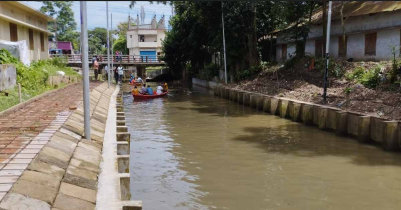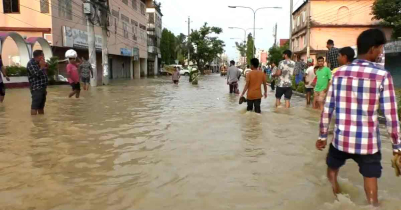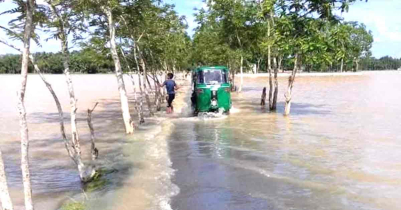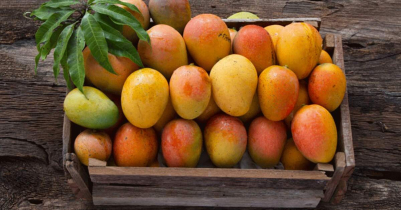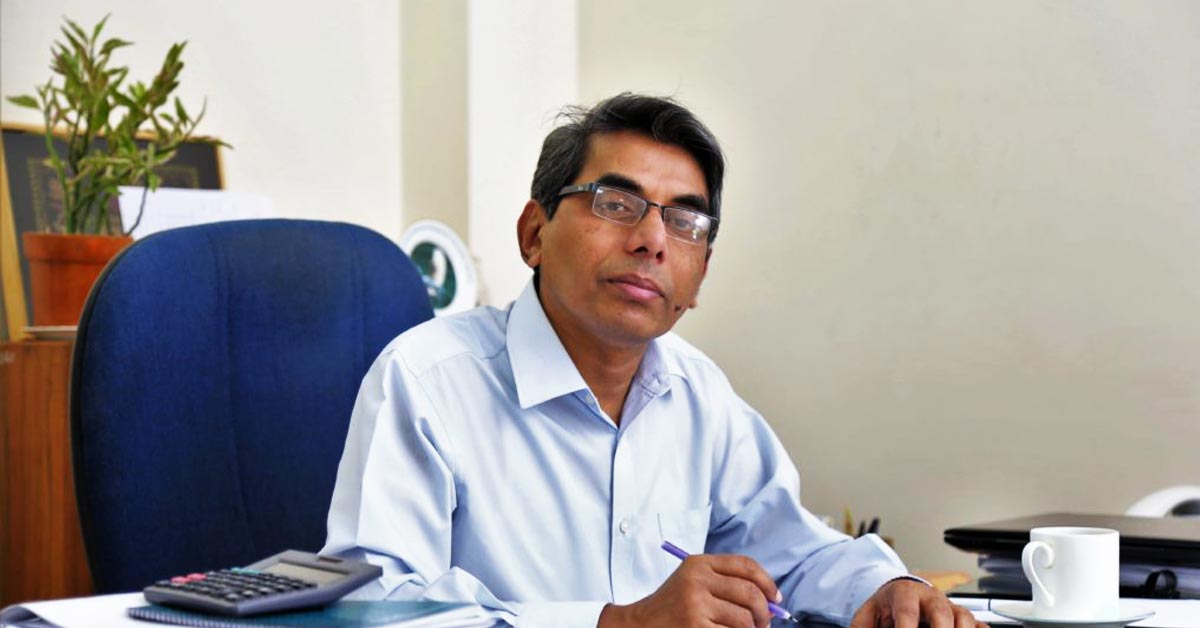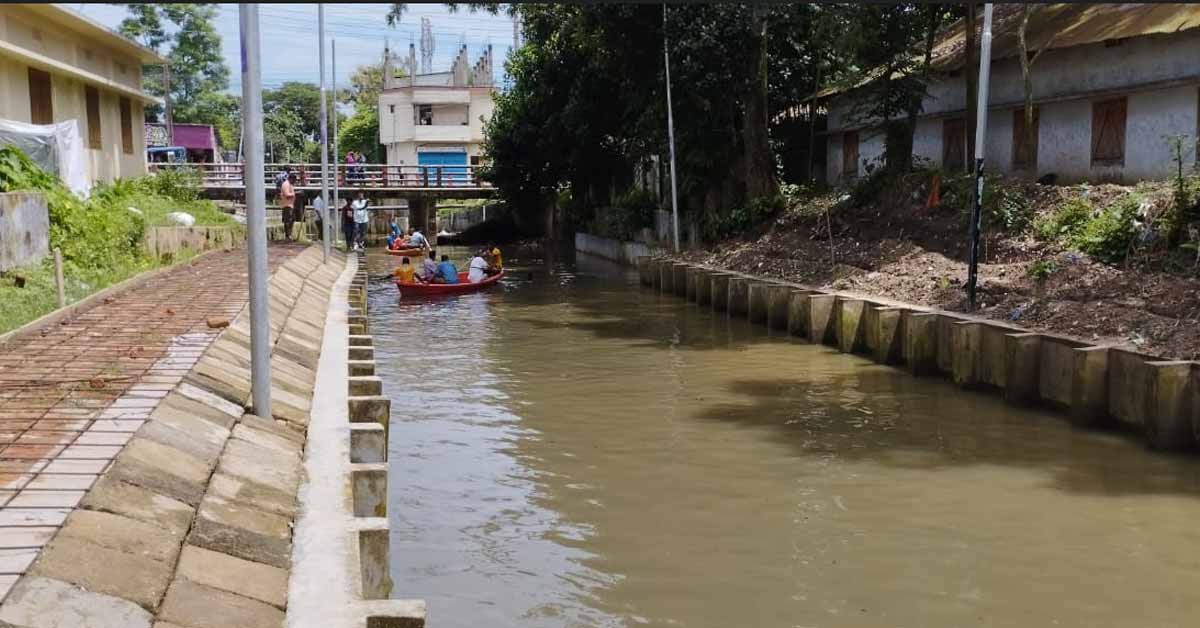Eye News Desk
Update: 16:52, 21 May 2023
How to Identify Fake Currency Notes in Bangladesh
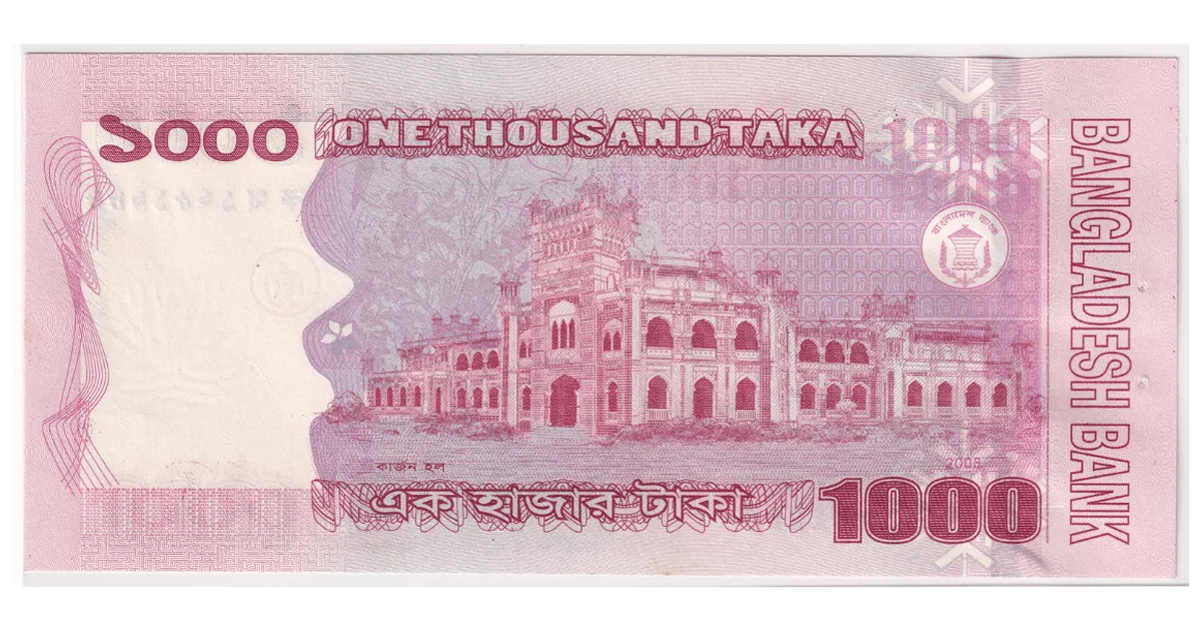
Fake money is often termed a silent epidemic. The consequences of fake notes on the economy aren’t visible overnight. Rather it has a long-term financial impact that effectively cripples the economy. In fact, the situation became so severe for India that they had to undertake a demonetization policy to curb the supply of counterfeit notes. While the issue with counterfeit currency isn’t as severe in Bangladesh, it is still prevalent. Here are some tips to detect a fake currency note in Bangladesh.
The history of fake notes in Bangladesh almost dates back to the introduction of the currency itself. Bangladesh Taka was officially introduced as the state currency in 1972 after the independence. A year later, coins of different denominations of the fraction of 1 taka were also introduced.
Currently, the government holds 1 Taka, 2 Taka, and 5 Taka as treasury notes. There have been several changes and the introduction of new notes post-2000. Bangladesh Bank introduced the 1000 Taka note in 2008 with the most recent addition being the 200 Taka note.
Over the years, the security concern over counterfeit currencies has seen BB add several security features to the currencies.
A look at the pattern of all the busted counterfeit currency gangs in Bangladesh reveals that most of the fake notes are either in 500 to 1000 Taka denomination. It’s a simple case of the economy of scale where the cost of counterfeiting can only be accrued by the 500 and 1000
Taka denominations
The early counterfeits, before the computer and modern printers, were produced through the hand press system. Needless to say, they were far less accurate and easily detectable. But with more advanced software and printers, fake currencies are becoming more and more like the real ones. A recent bust of a Dhaka-based fake currency gang showed how the security strip, micro prints, and watermark are accurately replicated making it almost impossible for a normal person to distinguish between the two.
Even then, there are some strict guidelines set by Bangladesh Bank to identify fake notes. You can check for all of these if you’re worried about the authenticity.
Watermark
The first obvious sign is the watermark. Each BB-issued 500 and 1000 Taka note has the BB emblem, the denomination value, and a portrait of the father of the nation Bangabandhu Sheikh Mujibur Rahman as the watermark.
Oftentimes, a cheap replicated fake note will have a misplaced watermark or the print of the portrait will be off when held against the sunlight. This is a clear way to detect fake notes.
Security Strip
The second most obvious way to detect a fake note is by looking at the security strip. The security strip is lodged within the note and has distinct features which are near impossible to replicate.
The first thing to look for is placement. The security strip is positioned vertically on the left side of the note. If you carefully check the top of the security strip, you will notice that it intersects the BB emblem printed on the note. Fake notes often fail to be this precise.
The new 500 and 1000 Taka notes have the denomination and the BB emblem printer vertically on them. The older notes from 10 Taka to 500 Taka had the word “Bangladesh” printed in Bangla. The 1000 Taka note had the denomination printed on a mirrored progression along the strip.
Print Quality
The print quality is another indicator to identify fake notes. That is because the printing process of a banknote is very different from traditional home-based printing. A banknote uses high-quality ink and press printing methods to produce notes.
These are rig-like printing machines that are extremely expensive as well as difficult to get hands-on. A typical fake note made with a standard ink printer or even an industrial-grade press printer will not be able to replicate the microprint or the uneven feel at certain places. And that brings us to the next point.
Microprints
Every Bangladesh bank note issued by BB has distinct microprint which not only makes them unique but also highly difficult to counterfeit. These micro prints are more prevalent on the 500 and 1000 Taka notes.
These notes have small seven diagonal ink prints which have a distinct hand feel to them. additionally, there are several details on the BB emblem as well as the portrait of the father of the nation which is near impossible to replicate with a normal printer.
Serial Number
Bangladesh Bank-issued notes have a unique seven-digit code preceded by two letter grades. The grading system and reading system are not disclosed to the public. Bank teller machines and money counter machines are equipped with the reading mechanism of bank-issued notes.
BB can easily check the authenticity of any note by comparing its serial number with the database.
Raised Ink
Another telltale sign of a fake note is the raised ink. Bank notes, especially the 100, 500, and 1000 Taka notes have raised ink at several points which are easily understood by touch. You can get a feel of the raised ink in the note description, bottom, and sides of the notes.
Bangladesh Bank also uses color-shifting ink on the 100, 500, and 1000 Taka notes. If you move the note around under direct light, you will notice the color shifting to a bottle-green tone. This color shifting can’t typically be recreated on fake notes.
The feel of the Note
The currency note paper is not your typical day-to-day use paper. These papers are specifically imported from different foreign sources under exclusive tenders of the Security Printing Press of Bangladesh.
As a result, any person handling a fake note will be easily able to tell the difference between the two. A fake note will be either too smooth or too rough, never exactly the same. The government also has a general import embargo on the exact same type of paper used for printing currency notes.
Final Words
If you look closely, it's easily possible to detect a fake currency note in Bangladesh. Whether it’s the watermark, or hand feel on the security strip, one or the other will definitely be off. With the high denomination of Bangladeshi currencies limited to 500 and 1000 Taka notes, it's relatively easy to spot fake notes. Still, you should be careful while handling and if you notice any anomaly, inform the central bank to report the case.
Read More
- How to Identify Fake Currency Notes in Bangladesh
- How to pick a good Mango
- 10 Father`s Day Gift Ideas for Retired Dads
- 9 Common foods that don`t expire for years!
- Summer and sundresses!
- Sea Level Rise in Bangladesh Faster Than Global Average
- What is the Difference Between a Coma and Brain Death?
- Gifts you can give to children on Eid
- Osmani Hospital launched pass card system for patient`s relatives
- Abnormal sleep patterns impact lung health



